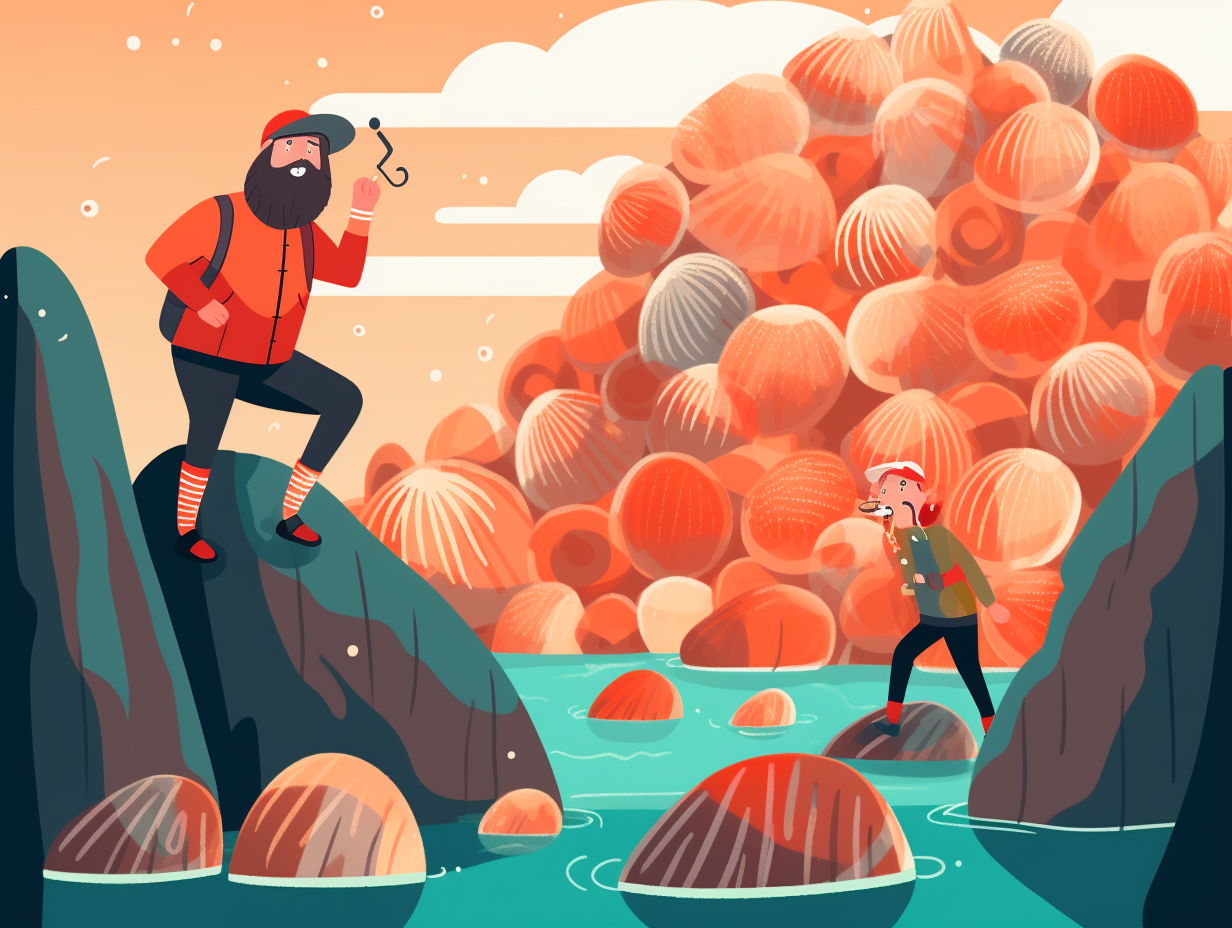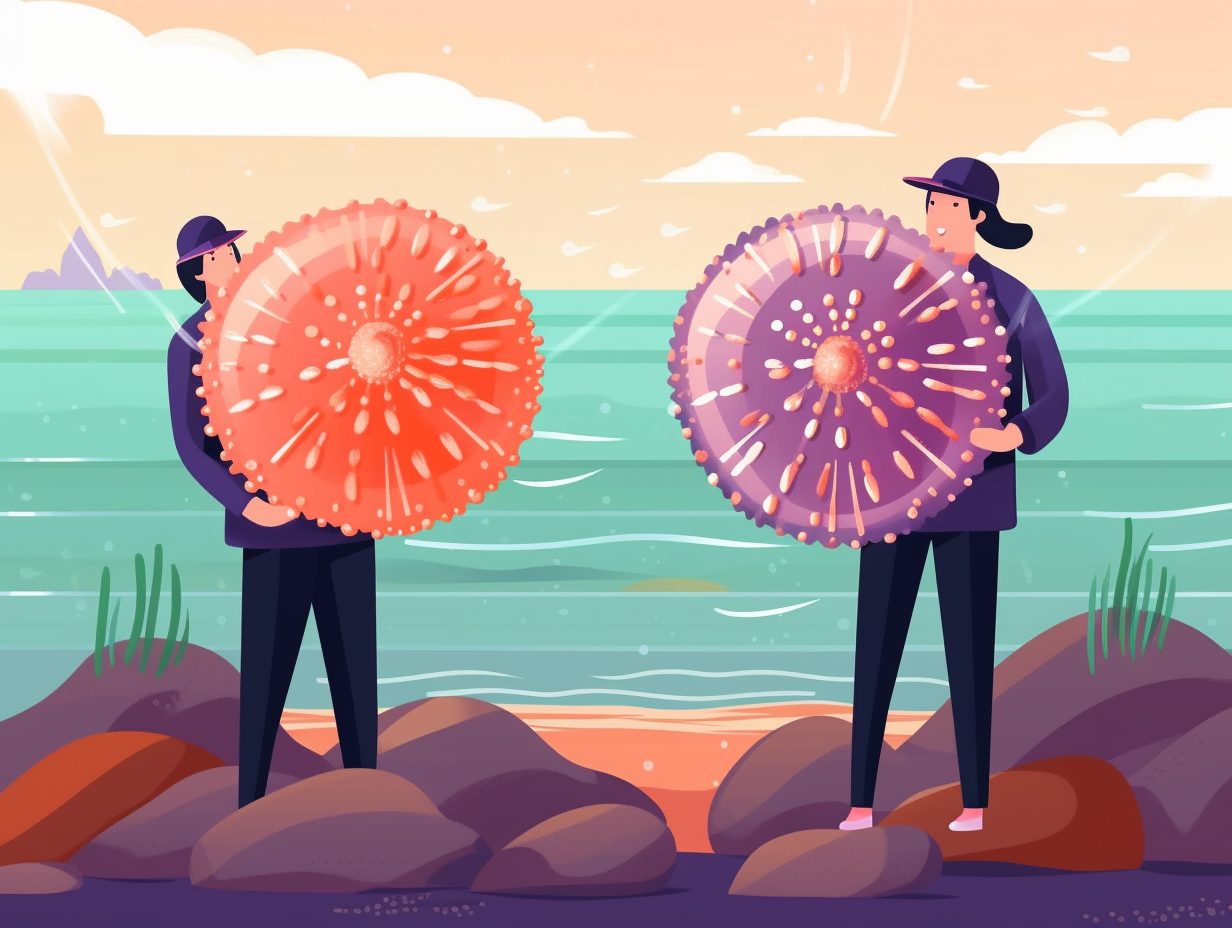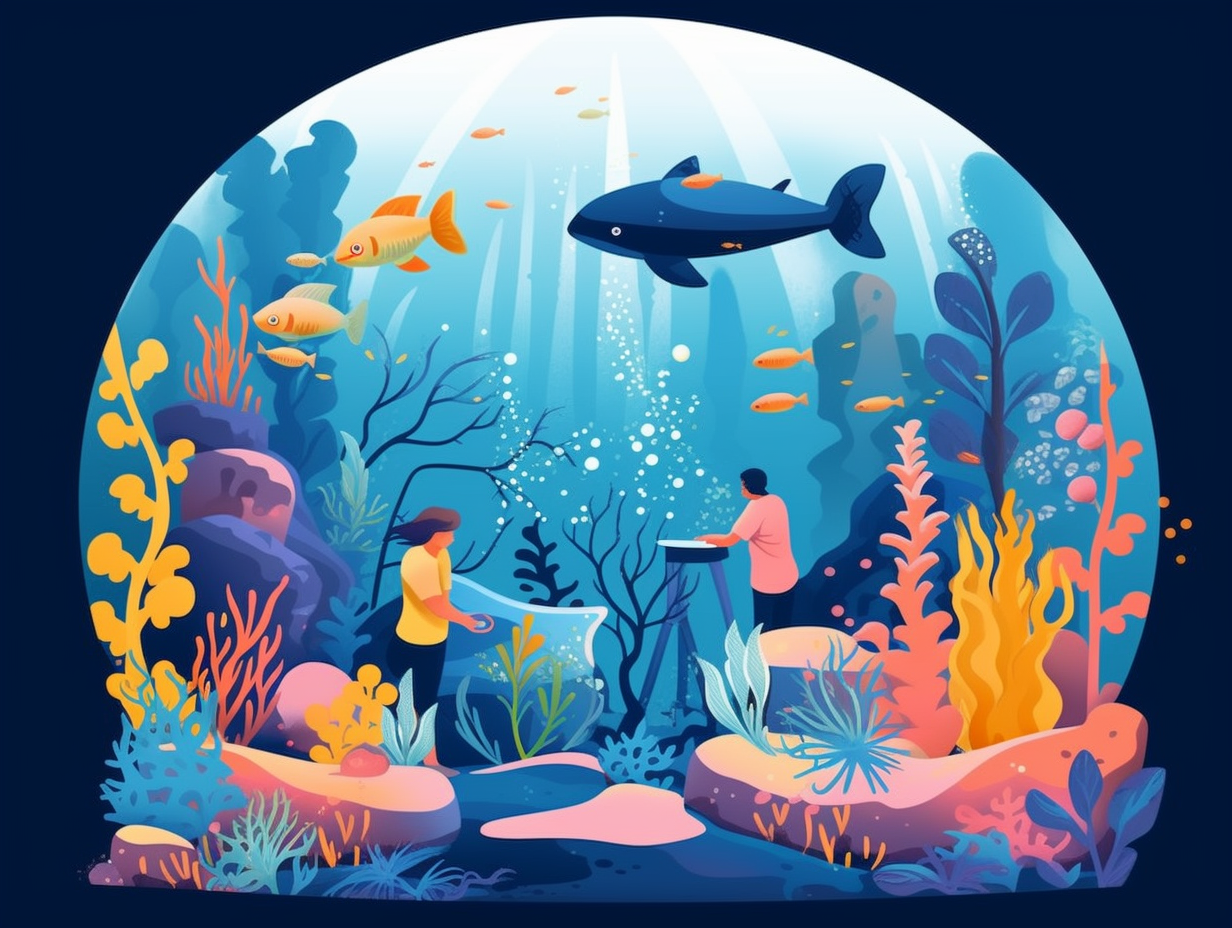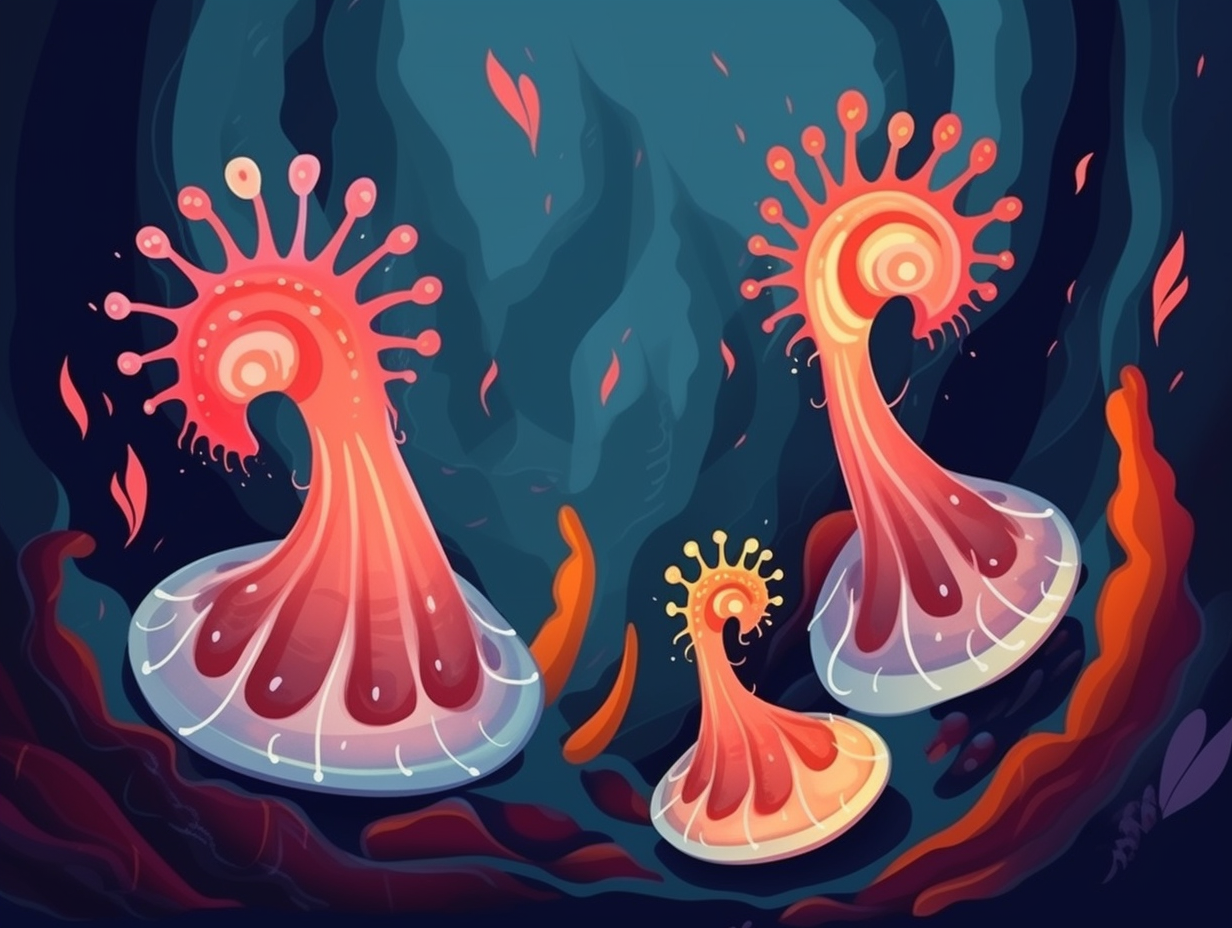Discover the Secrets of the Sea: Top 11 Amazing Clam Fun Facts You Never Knew!

1. Clamtastic Pearls
Feeling clamorous for some oyster-worthy accessories? Clam down, we've got you covered: Some clam pearls can actually rival their oyster counterparts in value, fetching prices from $300 to $1,500 based on quality, size, type, and color. A prime example lies in an exquisite clam pearl weighing 8.84 carats that's currently clam-oring for $2,000 on the market. So, never underestimate the clam's prowess in producing gem-worthy pearls!
Source => allthingsjewelryy.com
2. Razor Clam Dance Party
Whoever said clams can't party clearly hasn't seen the Atlantic razor clam hit the dance floor under water: This groovy mollusk performs a quick boogie by retracting its muscular foot and squirting water out of its shell to swim short distances, digging and anchoring itself into the sand to evade predators like an underwater Houdini.
Source => manayunkia.wordpress.com

Did you know that cephalopods like squids and octopuses use color-changing abilities not only for camouflage but also for communication? Discover how these fascinating creatures flirt, warn rivals, and have their own silent disco-esque conversations!
=> Fun Facts about Mollusks
3. Sticky Clam Masters
Hold on to your shells: Clams are quite the experts in latching onto life, using their very own byssus filament system to stick firmly to surfaces even in the roughest of seas!
Source => en.wikipedia.org
4. Time-Traveling Quahogs
Who needs a time machine when you're an ocean quahog, amirite? These clamtastic beings have been around the block longer than your grandma's pearl necklace: Ocean quahogs can live up to 500 years, with some even reaching the ripe old age of 507, like Ming, a clam found off the coast of Iceland. However, their location – Atlantic Ocean or Baltic Sea – can greatly affect their lifespan, making some only live for a few short decades.
Source => demogr.mpg.de

5. Oxygen-Fueled Clam Parties
Whoever said "ain't no party like a clam party" clearly wasn't a clam themselves: Clams rely on oxygen for aerobic respiration and can close their shells, switching to anaerobic metabolism if oxygen levels in the water get too low - but they can also develop gas bubble disease if oxygen levels become too high!
Source => edis.ifas.ufl.edu
6. Clamshell Lockdown
If clams were enrolled in a closing contest, they'd surely be "shelling" out some serious competition: thanks to their adductor muscles with both smooth and striated fibers, clams can perform sustained and rapid shell closures, supported by a spring-like hinge ligament and non-slip hinge teeth for perfect interlocked protection.
Source => museum.zoo.cam.ac.uk
7. Deep-Digging Clam Champs
They say practice makes perfect, but clams surely take the "digging deep" concept to a whole new level: These tiny mollusks with impressive muscular hydrostats can burrow up to 11 inches into sediment using their powerful foot, for protection or finding food, proving that you can indeed move mountains—or at least some sand—when you put your foot into it!
Source => anchorandhopesf.com
8. Olympic Clam Egg-layers
If egg-laying was an Olympic sport, female softshell clams would be the Usain Bolt of the marine world: During her lifetime, a single softshell clam can potentially release a jaw-dropping 40 million eggs, thanks to their impressive broadcast spawning technique, which sends reproductive cells swimming into the water to greatly increase the chances of fertilization.
Source => seacoastonline.com
9. Underwater Vacuum Cleaners
Who knew clams were the vacuum cleaners of the sea, always ready to sweep the ocean floors and sashay away with their clean and clear runway? Well, darlings: These fabulous, hard-shelled divas can, in fact, filter up to 4.5 gallons of seawater per day, gorging on phytoplankton and subsequently cleansing coastal waters. This shellfish sorcery not only removes excess nutrients but also encourages seagrass growth—just call them the unsung heroes of Florida's clam culture industry!
Source => flaclams.com

10. Clam ASMR
Clam up, everyone, we've got a noisy rumor to shuck: contrary to popular belief, clams don't actually emit a clicking sound when they open and close their shells! Rather, freshwater clams produce a gentle "clicking" noise as they filter water through their gills, caused by the movement of said gills and not by any shell-shuffling antics. So, if you're ever near a freshwater clam hotspot, sit back, relax, and enjoy nature's ASMR - or bring some noise-canceling headphones if you're not in the mood for a clam serenade.
Source => anchorandhopesf.com
11. Giant Clam Royalty
If you've heard of "tipping the scales," meet the muscle with a shell that takes it to a whole new level: the giant clam, Tridacna gigas, is the world's largest bivalve mollusk, reaching up to 120 cm (47 in) in size and tipping the scales at over 200 kg (440 lb) – with the largest on record measuring 137 cm (4 ft 6 in) and weighing a whopping 250 kg (550 lb)! The century-old coral reef inhabitant of the South Pacific and Indian oceans now finds its existence threatened, losing its footing in the race against extinction.
Source => en.wikipedia.org
Related Fun Facts




















